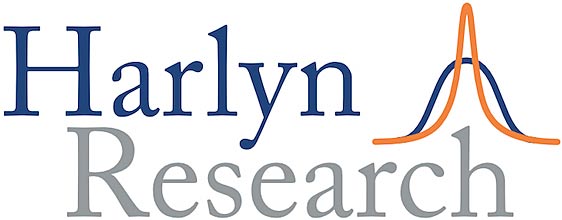If It Walks Like a Bull
Friday, February 3rd, 2023It can still fall over in the near future
Our mainstream sector and asset allocation models are producing signals which we would normally expect to see that the start of a new bull market, and not all what we expected in Q4. Much of this is because we have had two bullish surprises (end of zero-Covid in China and the postponement of the US recession), but we should also acknowledge that equities in the UK, and probably the Eurozone, are going to reach new all-time highs in the near future. What is this, if not a bull market? Alas, the same is not true of the US. There is already a recession in US earnings estimates, driven by tight labour markets, margin compression and over expansion in the Tech sector. Estimate drawdowns can last for over two years and the current one has only been going for 31 weeks. New bull market, or bear market rally, call it what you will, it isn’t going to last much longer.
PURCHASE ALL ACCESS PASS
Already hold an All Access Pass? LOG IN
